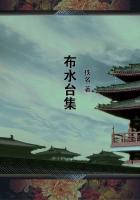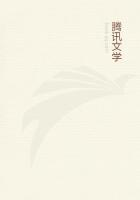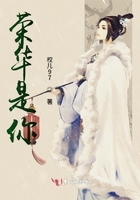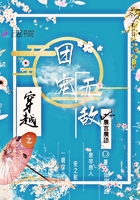These,indeed,come regularly,but the rest,so soon as their school-days are over,disappear into the woods like captive insects.It is hard to imagine anything more discouraging;and yet I do not believe these ladies need despair.For a certain interval they keep the girls alive and innocently busy;and if it be at all possible to save the race,this would be the means.No such praise can be given to the boys'school at Hatiheu.The day is numbered already for them all;alike for the teacher and the scholars death is girt;he is afoot upon the march;and in the frequent interval they sit and yawn.But in life there seems a thread of purpose through the least significant;the drowsiest endeavour is not lost,and even the school at Hatiheu may be more useful than it seems.
Hatiheu is a place of some pretensions.The end of the bay towards Anaho may be called the civil compound,for it boasts the house of Kooamua,and close on the beach,under a great tree,that of the gendarme,M.Armand Aussel,with his garden,his pictures,his books,and his excellent table,to which strangers are made welcome.No more singular contrast is possible than between the gendarmerie and the priesthood,who are besides in smouldering opposition and full of mutual complaints.A priest's kitchen in the eastern islands is a depressing spot to see;and many,or most of them,make no attempt to keep a garden,sparsely subsisting on their rations.But you will never dine with a gendarme without smacking your lips;and M.Aussel's home-made sausage and the salad from his garden are unforgotten delicacies.Pierre Loti may like to know that he is M.Aussel's favourite author,and that his books are read in the fit scenery of Hatiheu bay.
The other end is all religious.It is here that an overhanging and tip-tilted horn,a good sea-mark for Hatiheu,bursts naked from the verdure of the climbing forest,and breaks down shoreward in steep taluses and cliffs.From the edge of one of the highest,perhaps seven hundred or a thousand feet above the beach,a Virgin looks insignificantly down,like a poor lost doll,forgotten there by a giant child.This laborious symbol of the Catholics is always strange to Protestants;we conceive with wonder that men should think it worth while to toil so many days,and clamber so much about the face of precipices,for an end that makes us smile;and yet I believe it was the wise Bishop Dordillon who chose the place,and I know that those who had a hand in the enterprise look back with pride upon its vanquished dangers.The boys'school is a recent importation;it was at first in Tai-o-hae,beside the girls';and it was only of late,after their joint escapade,that the width of the island was interposed between the ***es.But Hatiheu must have been a place of missionary importance from before.About midway of the beach no less than three churches stand grouped in a patch of bananas,intermingled with some pine-apples.Two are of wood:the original church,now in disuse;and a second that,for some mysterious reason,has never been used.
The new church is of stone,with twin towers,walls flangeing into buttresses,and sculptured front.The design itself is good,******,and shapely;but the character is all in the detail,where the architect has bloomed into the sculptor.It is impossible to tell in words of the angels (although they are more like winged archbishops)that stand guard upon the door,of the cherubs in the corners,of the scapegoat gargoyles,or the quaint and spirited relief,where St.Michael (the artist's patron)makes short work of a protesting Lucifer.We were never weary of viewing the imagery,so innocent,sometimes so funny,and yet in the best sense -in the sense of inventive gusto and expression -so artistic.I know not whether it was more strange to find a building of such merit in a corner of a barbarous isle,or to see a building so antique still bright with novelty.The architect,a French lay brother,still alive and well,and meditating fresh foundations,must have surely drawn his descent from a master-builder in the age of the cathedrals;and it was in looking on the church of Hatiheu that Iseemed to perceive the secret charm of mediaeval sculpture;that combination of the childish courage of the *******,attempting all things,like the schoolboy on his slate,with the manly perseverance of the artist who does not know when he is conquered.

